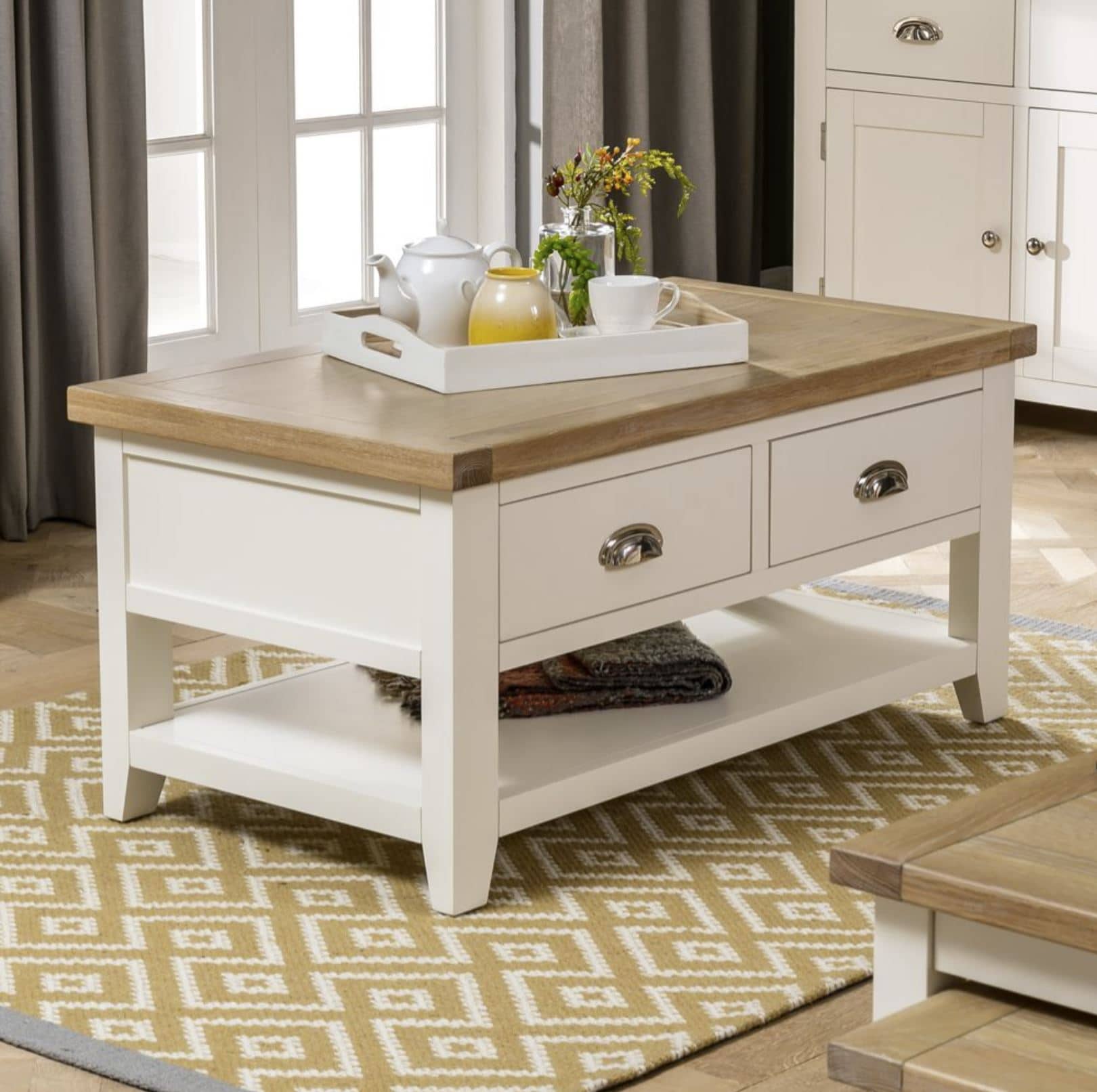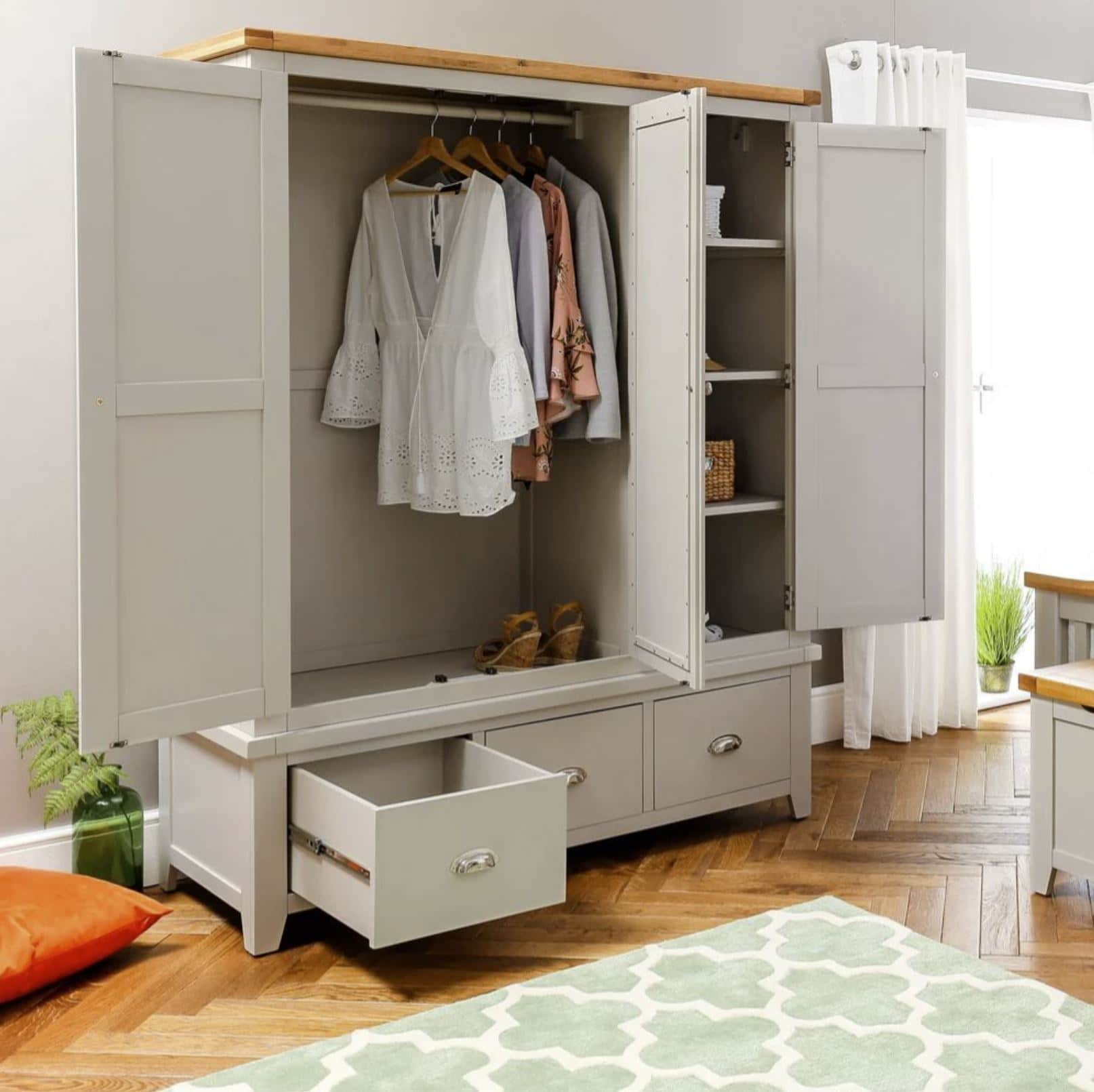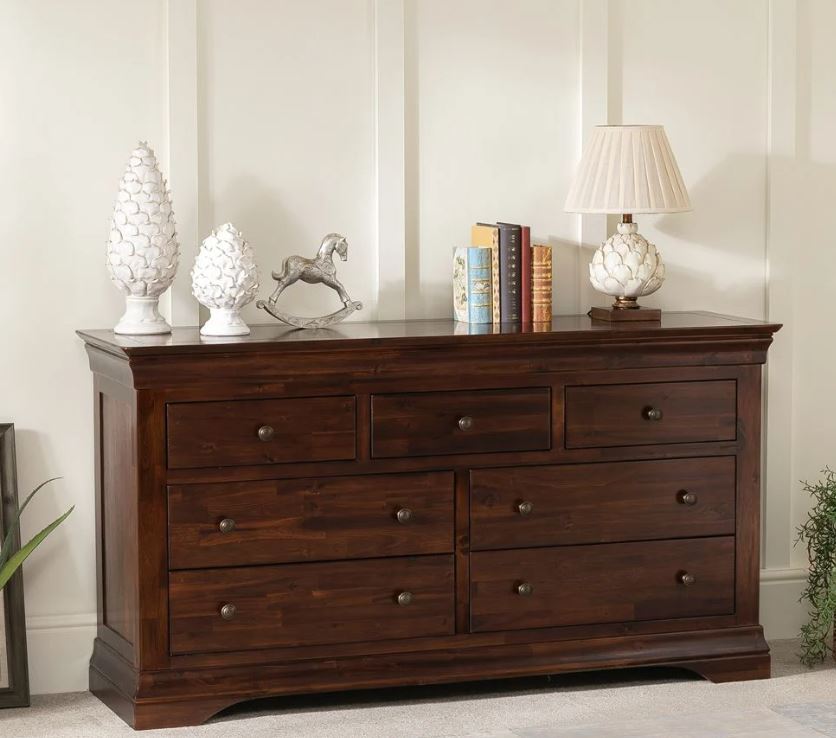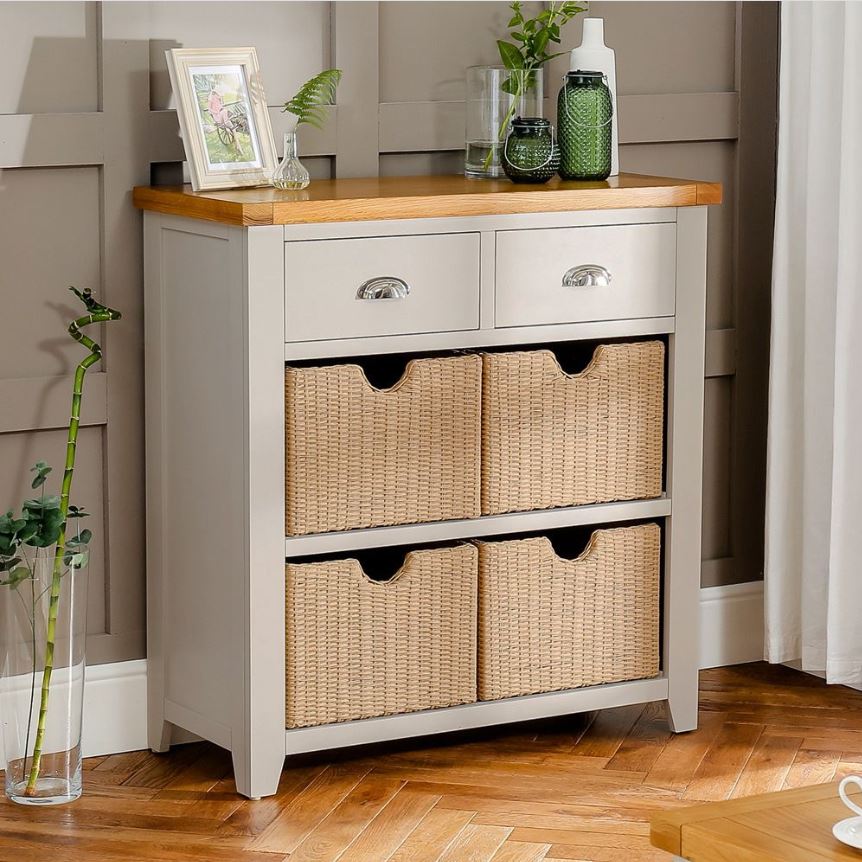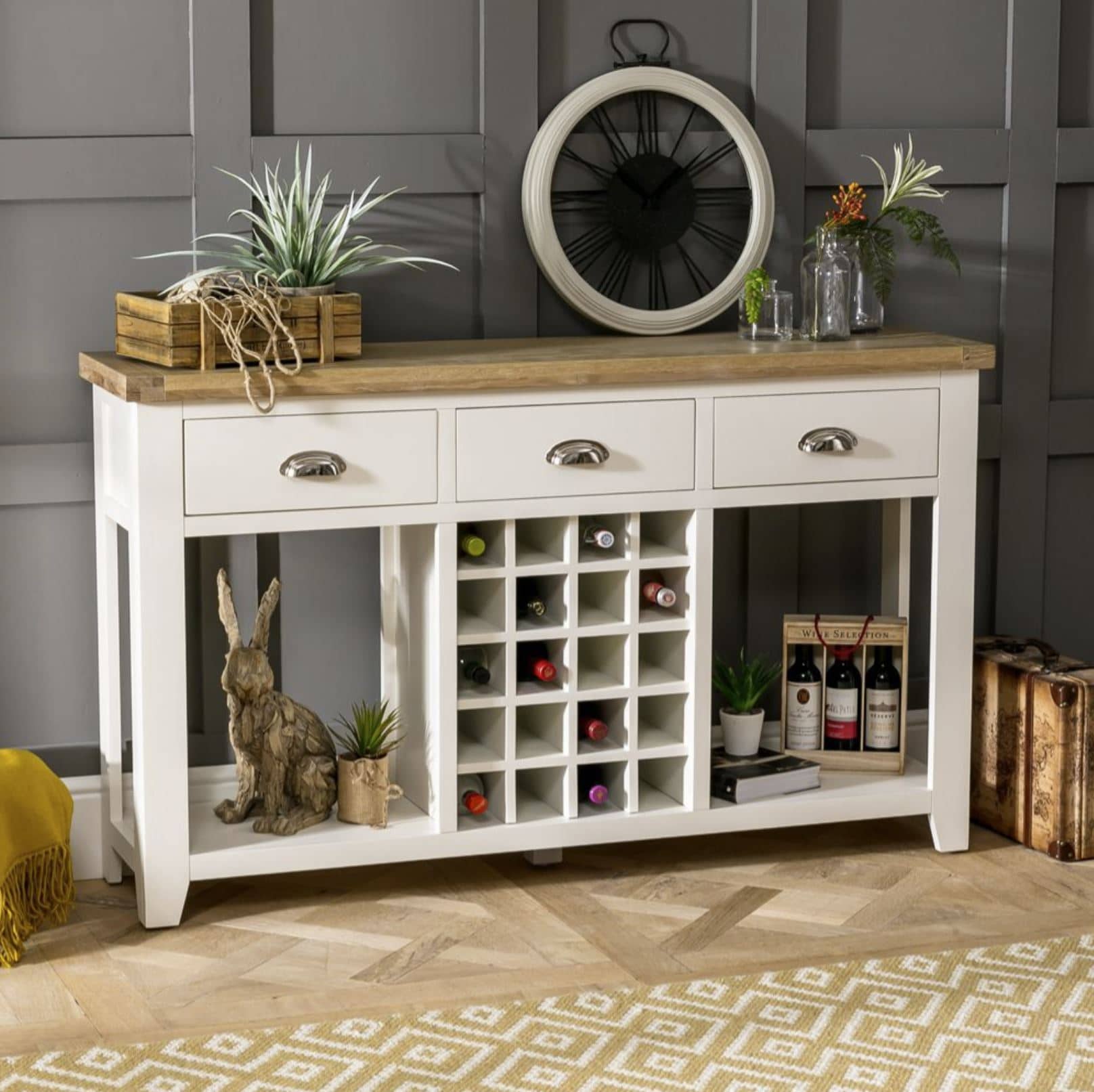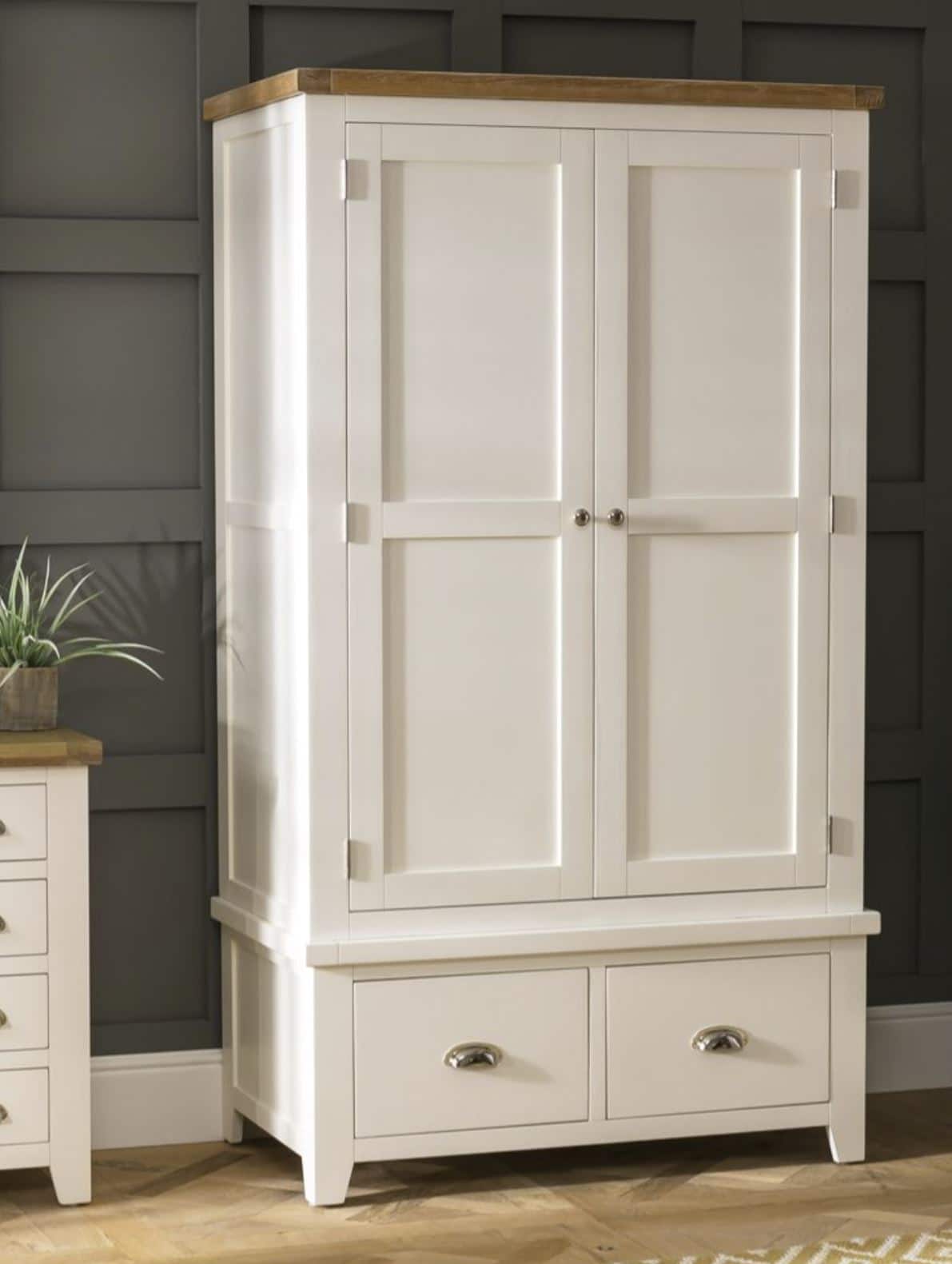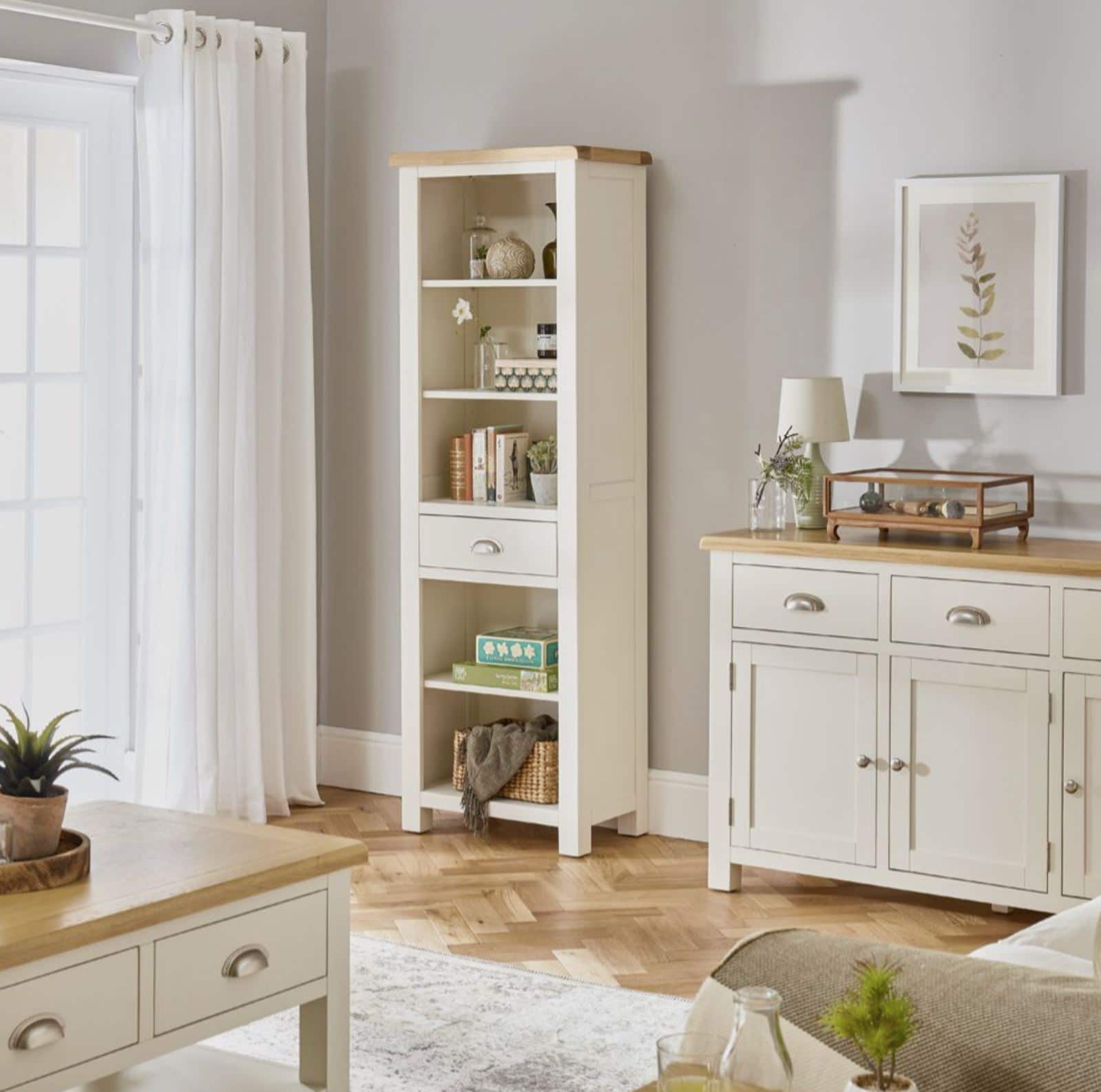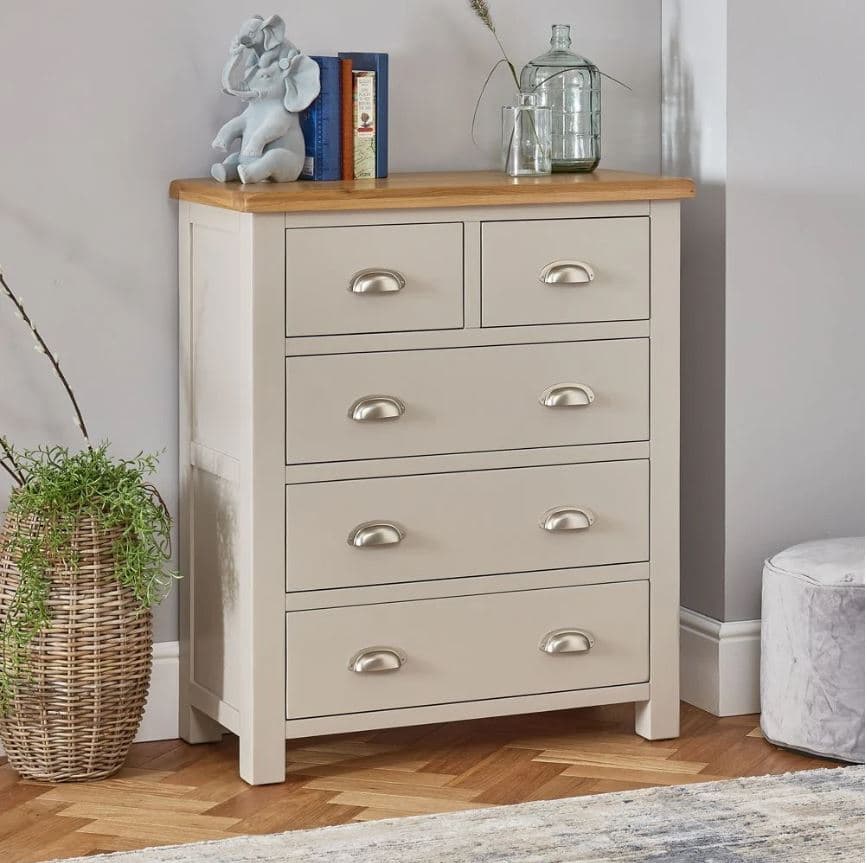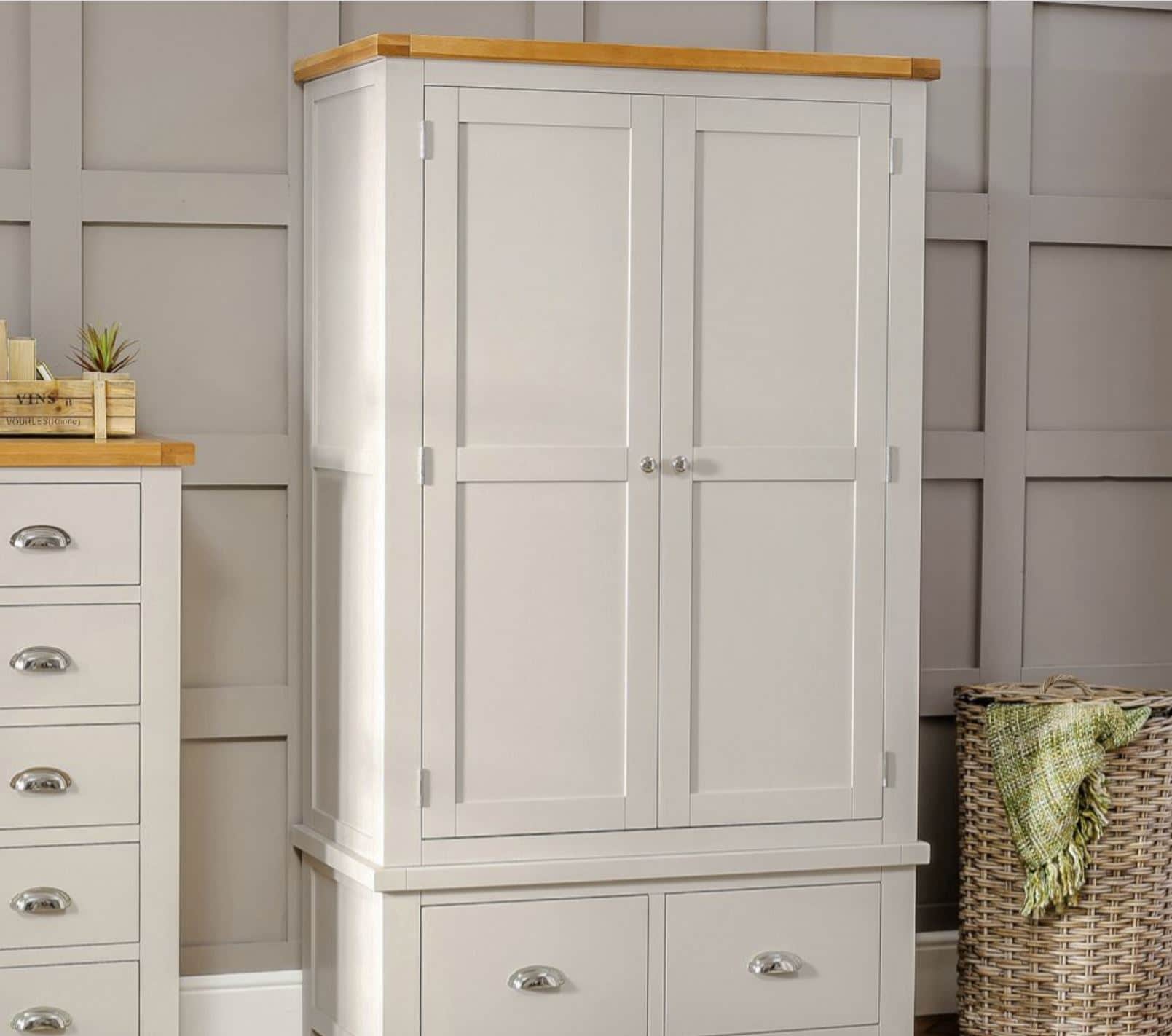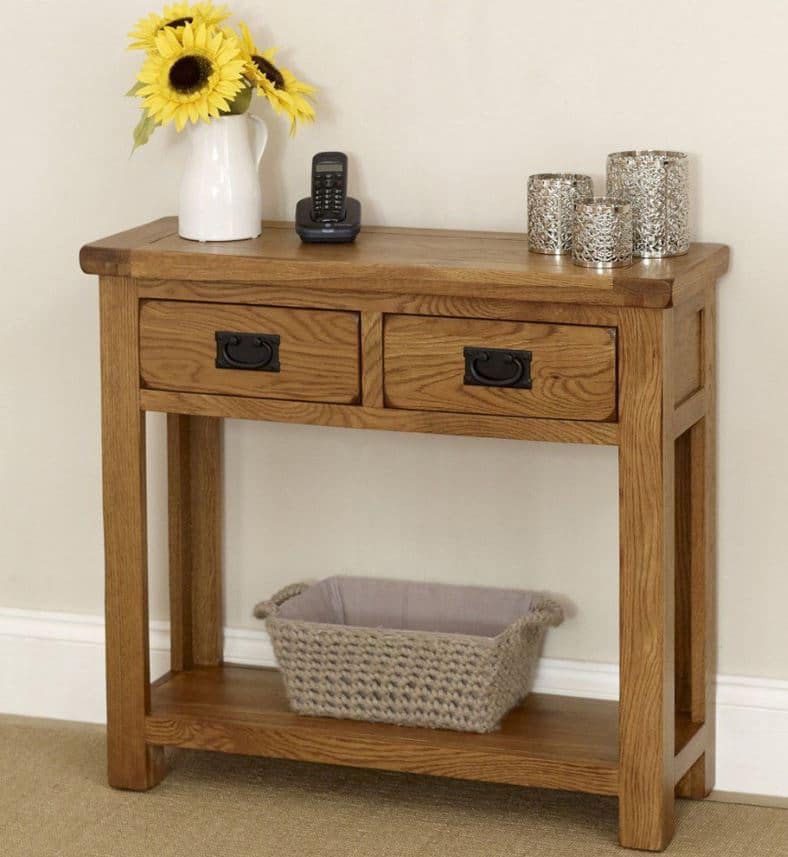How To Create A Georgian Interior
- By Alicia Newman
- Interior Design Ideas
- views
The Georgian era stretched from 1714-1837 and is often divided into three parts; the Palladian, early and late periods. As the Georgian period progressed designs became slightly lighter in colour and embellishment until interior influences eventually moved towards Regency style and decor.
The Georgian period became famous for its elegant interior style and design and a great deal of interest was taken in furnishings and decor during this time. Books on decorating techniques and styles became available for the first time and many wealthy people undertook 'The Grand Tour' in which they visited many cities around Europe and brought back interior and architectural ideas relating to the countries they had seen.
During the Early Georgian period colour schemes embraced the use of colour with deep reds, sage and pewter grey but as the period progressed colours became softer and more muted in tone with the use of sky blue, pastel pink and dove grey alongside basic white and earthen stone hues. There is a vast range of Period colours available from some of today's paint manufactures that perfectly recreate the decor and ambiance of this historic period.
Wallpaper was hugely popular during the Georgian period with simple patterned designs being the most popular choice for the majority or home interiors. Repeat prints such as trefoils, floral motifs and fleur de lis looked extremely elegant in the sumptuous and sophisticated colour palettes of the era. In the later part of the Georgian period block patterned and geometric prints began to be introduced with stripes, squares and angular patterns that were simple and versatile in design. Complimentary muted shades or a balance of light and dark could be used for a more striking interior backdrop.
Panels and mouldings were a universal feature in Georgian home interiors. Simple panelling, dado rails and coving were used as a visual feature on an otherwise plain and linear wall and a selection of different colours and tones were used to create shading and detail inside the panels. Moulding were intricate in design and were artistically made to look like rich and opulent ribbons and fabrics and often featured classical characters and urns. These can be seen in the designs of Robert Adam that were influenced by his visits to Italy and Greece. If you are lucky enough to have original Georgian mouldings in your home then ensure you have them professionally restored or if you are recreating this look in a modern home, there are many attractive reproductions that will transform your home interior.
One of the most famous names of the Georgian period has to be Thomas Chippendale. His instantly recognisable designs have been made popular again with recent historic revivals and interior trends. An interior designer and talented furniture and cabinet maker; his designs are heavily influenced by oriental motifs with a splash if Gothic style and influence. His famous chairs were furnished with sumptuous glazed cotton fabrics and featured classic Georgian floral prints. His keen eye as an interior designer meant that his chosen upholstery could be matched to the curtains, bedding and cushions of the home for a universal colour scheme and design.
Fireplaces were a grand and central feature of Georgian living rooms and parlours and were intricately and ornately designed to match the mouldings and panelling of their interior surroundings. Mantelpieces were decorated with ornamental swags and urns and featured classic columns and pillars to each side of the design. Metal grates were a common feature and fire screens were often painted in complimentary classical prints or matching colour palettes that blend perfectly into the overall interior colour scheme.
Ornaments and embellishments were often centralised around the fire place area to draw the eye to its detail and intricacy. Porcelain and bronze ornaments would often be seen along a mantelpiece or sideboard and lacquered artwork with oriental influences were hung in a formal pattern along the wall panels for added detail and colour. Large and eye catching mirrors made a great focal point when hung above a fireplace, bed or cabinet with classical designs and European styles, such as this beautiful item (right) by famous furniture maker George Hepplewhite taking centrestage within the home.
For more ideas on creating your very own Georgian inspired interior, take a look at our latest Pinterest board - Pinterest - Georgian Interiors or for a selection of furniture items that will compliment this historic design then check out our sumptuous Georgian Furniture collection.

